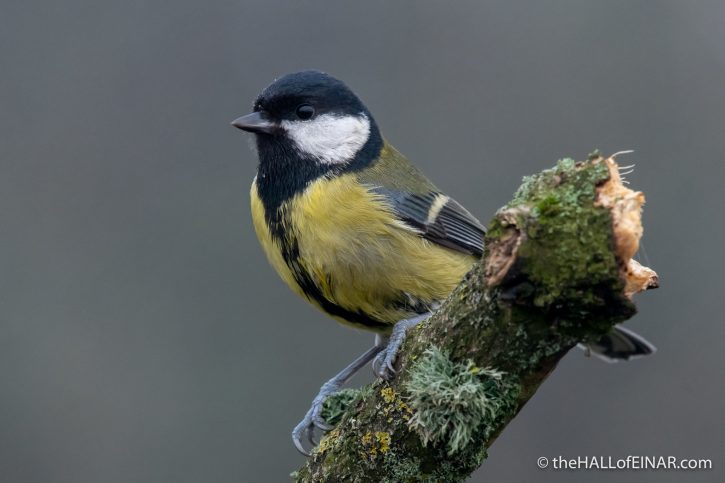Somersettee
We’ve had a trip to Somerset. We left sunny Devon on the only sunny day forecast this week and arrived to thick low fog. That’s not normally ideal photography conditions, but we make the best of it:

At RSPB Greylake the light is what photographers refer to as ‘challenging’, but I still manage to capture a Reed Bunting which was still enough for long enough to give me a single successful shot.

I have a soft spot for Reed Buntings, since they were one of the most exciting species I saw as a child and drew in my childhood nature notebooks in March 1977:
There are Blue Tits and Great Tits here too. The light’s not good enough to merit photographing them, but a couple strike a pose that makes them worthwhile.
There’s a Dunnock in the gloom. They are such spectacular birds, considering the English name is the equivalent of calling them ‘Brownie’.

They do have a complex sexual life which seems to have been noticed by the Italians if not by the prurient British, because the Italian name is passera scopaiola. Passera is the equivalent of ‘pussy’, and no, I don’t mean the cat (it’s probably the same root as passage). Scopaiola means to scrub. So there we have it. The Italian name for a Dunnock is therefore ‘Pussy Scrubber’.
You can catch up with the complex sexual life of the Dunnock in my blog on The Secret Sex Life of the Dunnock:
The fog isn’t going to clear anytime soon.

We’ve moved to RSPB Ham Wall, known for its Great White Egrets, Bitterns and sometimes Glossy Ibis. I remember it most for a damp day with my son where the best photograph was of a spider’s web:
It’s getting late and time for one of the most stunning natural phenomena the UK has to offer. We wait in the fog for the Starlings to arrive. The murmuring of their wings is strange and muffled as they appear in shocking numbers overhead and then disappear into the fog again.
Nature is free, healthy and magnificent. Why are so many people living sedentary lives gorging on TV and fast food when they could be in the open air staring at the skies?
As we leave there must be many thousands here. They are so close we can smell them. Yet I can’t see a single one. Here’s ‘Starling Song’ by the great Kitty Macfarlane who makes Somerset her home:
I highly recommend her album Namer of Clouds. It’s my highlight of 2018.
What natural phenomena do you value most?

